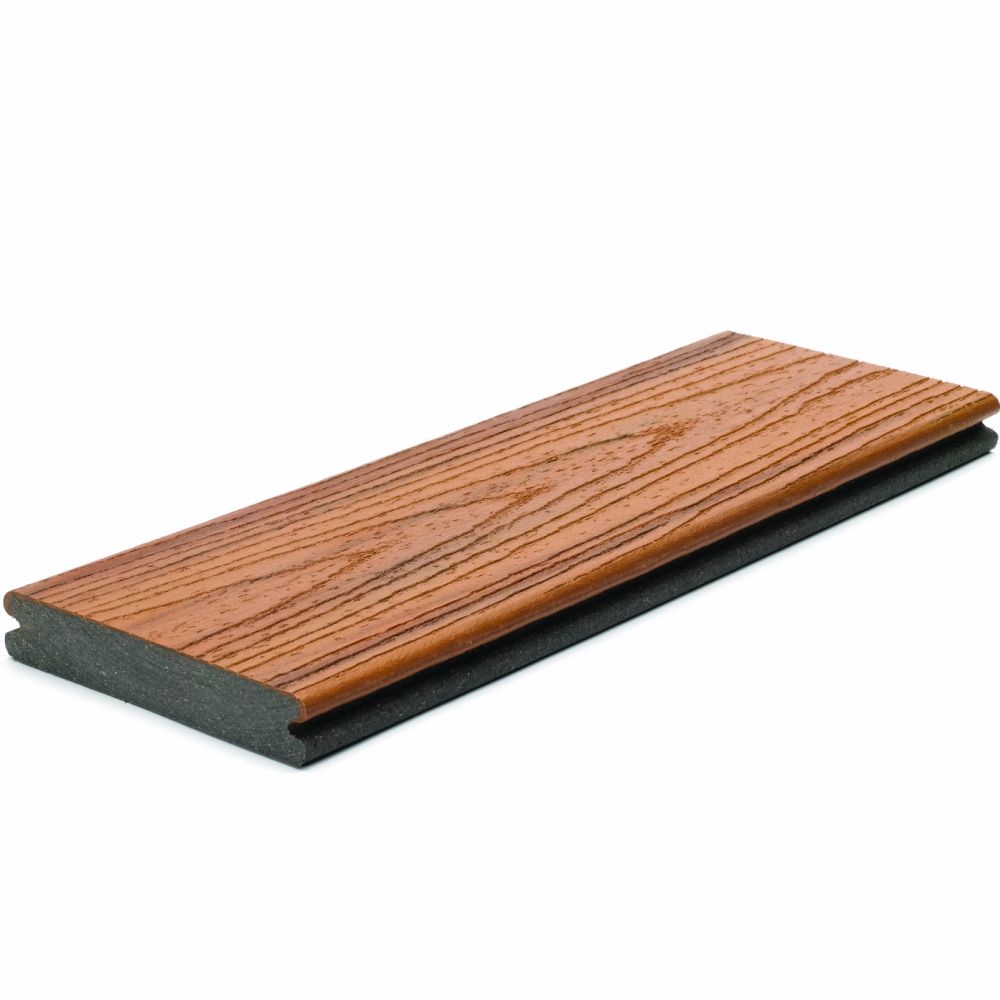

(We also tested western red cedar, ironwood, and redwood.) And most choices are more expensive and heavier than traditional natural pine. Most composite decking models did a top-notch job of resisting staining from ketchup, mustard, and other common spills.īut some products offered far less resistance to slips, flexing, and sag in our tests. Our tests turned up benefits and drawbacks to using composite decking.Īmong the nonwood decking choices, which also included aluminum and plastic, we found composite to be best for the look of wood without the need to apply wood stain. We assess those samples yearly for three years, evaluating their appearance and retesting for all the attributes above, to see how age and exposure to the elements affect overall performance. And we send more than a dozen samples of each material to two areas with extreme climates: hot and dry Arizona, and Florida, where the humidity presents a different challenge to certain materials. We drop weights of various sizes on the surface of each board to see which samples dent on impact. We also evaluate each sample’s slip resistance, which is very important if you’re installing a deck near a pool. Next, we size up which materials resist staining from spilled ketchup, mustard, and other common items you might use while eating outside. That ensures that boards won’t bow or bend if you’re entertaining a crowd or if you park a heavy grill in a particular spot all summer long. We use specialized instruments to test each decking sample for resistance to flexing.

Consumer Reports’ performance tests address these factors. Ideally, the composite decking you choose will last, look good, and remain safe for years. (But based on current recycling technology, that product’s destination after a typical life span of 25 years is still likely to be a landfill.) The manufacturers claim that many of the products we tested are made primarily from recycled materials-recycled plastic grocery bags, for instance. “The feel of the grains is getting more realistic to wood underfoot,” he says. “Manufacturers usually use a few different molds to make their composites, so there’s some pattern variety,” he says.Ĭomposite decking has long been available in many colors, but now you’ll find more texture choices-from a smooth, almost varnished surface to straight and circular grains, Barabakh notes. That doesn’t mean composite decking looks boring, says Rich Handel, the engineer who tests decking for Consumer Reports. The woodlike grain lacks irregularities like knots that can show up in the real thing. That would be expensive to duplicate in solid wood.Īesthetics are a factor, too, especially if you like a uniform look. For instance, some planks are flexible enough to be heated and shaped, allowing you to create, say, rounded corners, railings, or a border for a kidney-shaped pool. Upgraded composite options will still cost considerably more than natural wood.Ĭomposite decking has other advantages. A single 16-foot pine decking board was selling for nearly $26, less than the $32 you’d pay for a board of Trex Enhance. We recently compared the two options at a Lowe’s near our headquarters in Yonkers, N.Y. Before the pandemic, he estimated that Trex Enhance sold for about 80 percent more than pine. Volodymyr Barabakh, co-founder and project director of Fortress Home, a general contractor of high-end homes in the Chicago area, says that the price gap between yellow pine and the Trex Enhance composite decking that he uses has narrowed considerably since the start of the pandemic, and that prices for each can fluctuate significantly with dips and surges in demand.


 0 kommentar(er)
0 kommentar(er)
